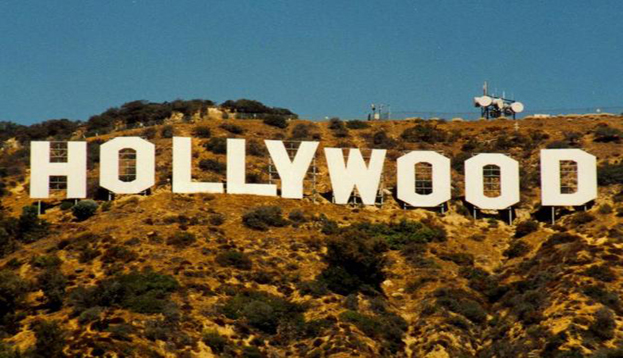by Jocelyn Johnson
While the seat of YouTube’s former VP of content operations Tom Pickett has barely cooled, YouTube has now restructured its content division under the leadership of the site’s Head of YouTube Originals Alex Carloss.
YouTube has confirmed that the company has upped Tim Shey, director of development for YouTube Spaces and former Next New Networks founder, to head of scripted content. We’re also told that YouTube’s current head of investment strategy Ivana Kirkbride, who will take the unscripted title, and head of content strategy Ben Relles, who is now head of comedy, are also part of the division. YouTube is also on the hunt for a Head of Family Entertainment and Learning.
So as YouTube makes moves to inch closer to the Hollywood studio model, what kinds of content might we see ?
We’re told that this group will be in charge of overseeing scripted, non-scripted, and special projects that will receive funding from YouTube. In many ways, this could take shape like the “YouTube Nation” deal or similar to the other funding the video site has done to date.
While most of the projects being considered at present are short form, the next 12-to-18 months will be a testing bed for YouTube as it experiments with short-form formats that can also transition to television (i.e. 12 x 11 minute episodes that could be repackaged as 6 x 22 minute episodes). Think season three of “Video Game High School,” which YouTube is also rumored to have partly funded.
Structuring the content rollout in this way would give YouTube a potential windowing and monetization strategy. However, we may also see longer-form short films or feature-length projects being supported, though one source tells us that all content will have to be global and endemic to the platform.
And what of distribution? Given that YouTube is the largest open platform for video consumption (with Facebook close at its heels), the content would initially run on YouTube for free and not behind a subscription pay wall; however, as YouTube sorts out its windowing and monetization, we may see the company run tests on Google Play, where one model could be rolling out episodes on a weekly basis while charging a fee for super-fans to gain access to full seasons.
Either way, in order for YouTube to make true headway as a digital studio, it’s going to need to match the marketing muscle with the piggy bank, and put a model in place that recoups the investment.
Now that YouTube has officially entered the IP game, it’s going to be a fun next couple years as the company tries to make yet another content initiative successful.
This article was originally posted on VideoInk and is reposted on [a]listdaily via a partnership with the news publication, which is the online video industry’s go-to source for breaking news, features, and industry analysis. Follow VideoInk on Twitter @VideoInkNews, or subscribe via thevideoink.com for the latest news and stories, delivered right to your inbox.
